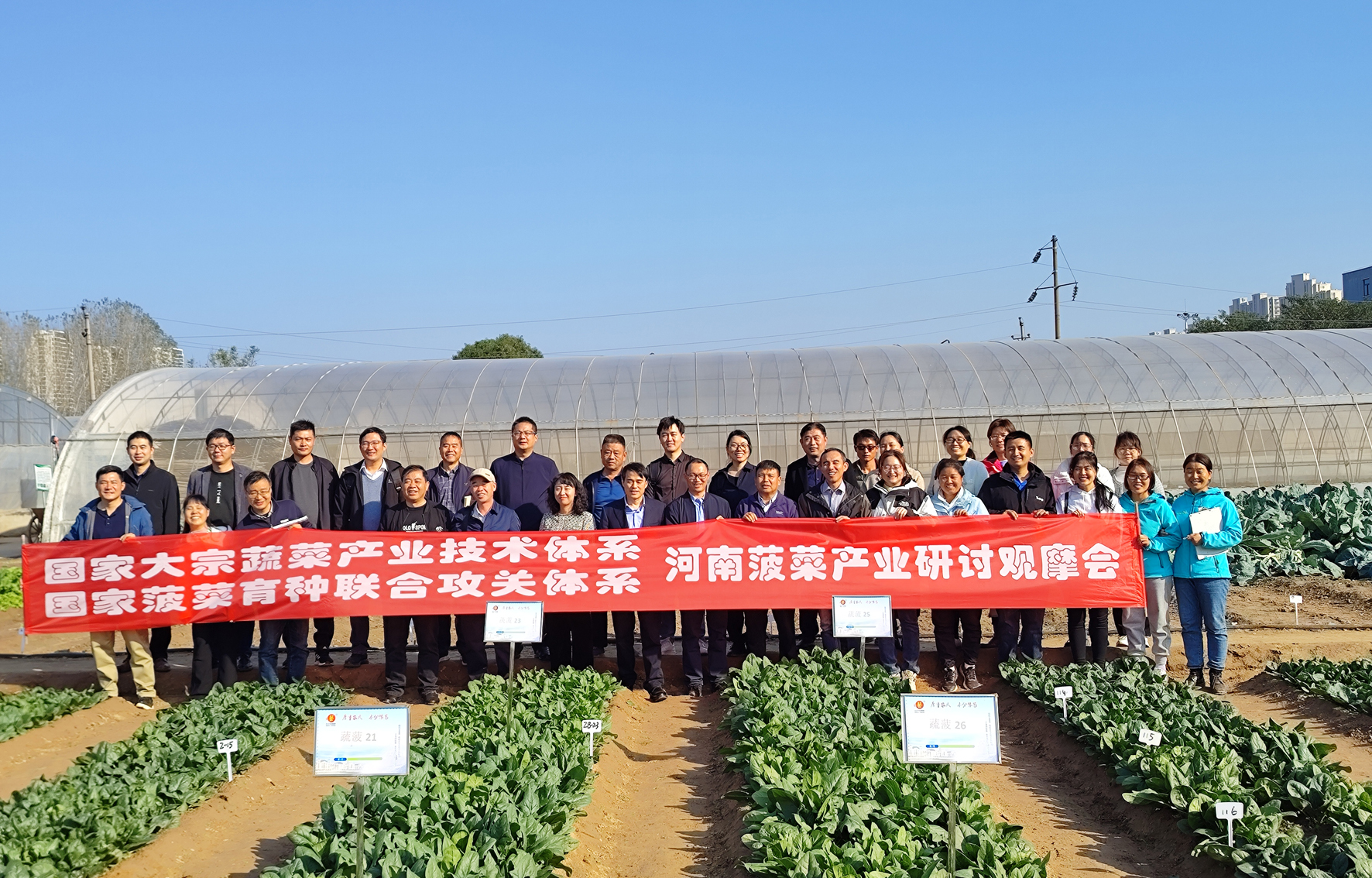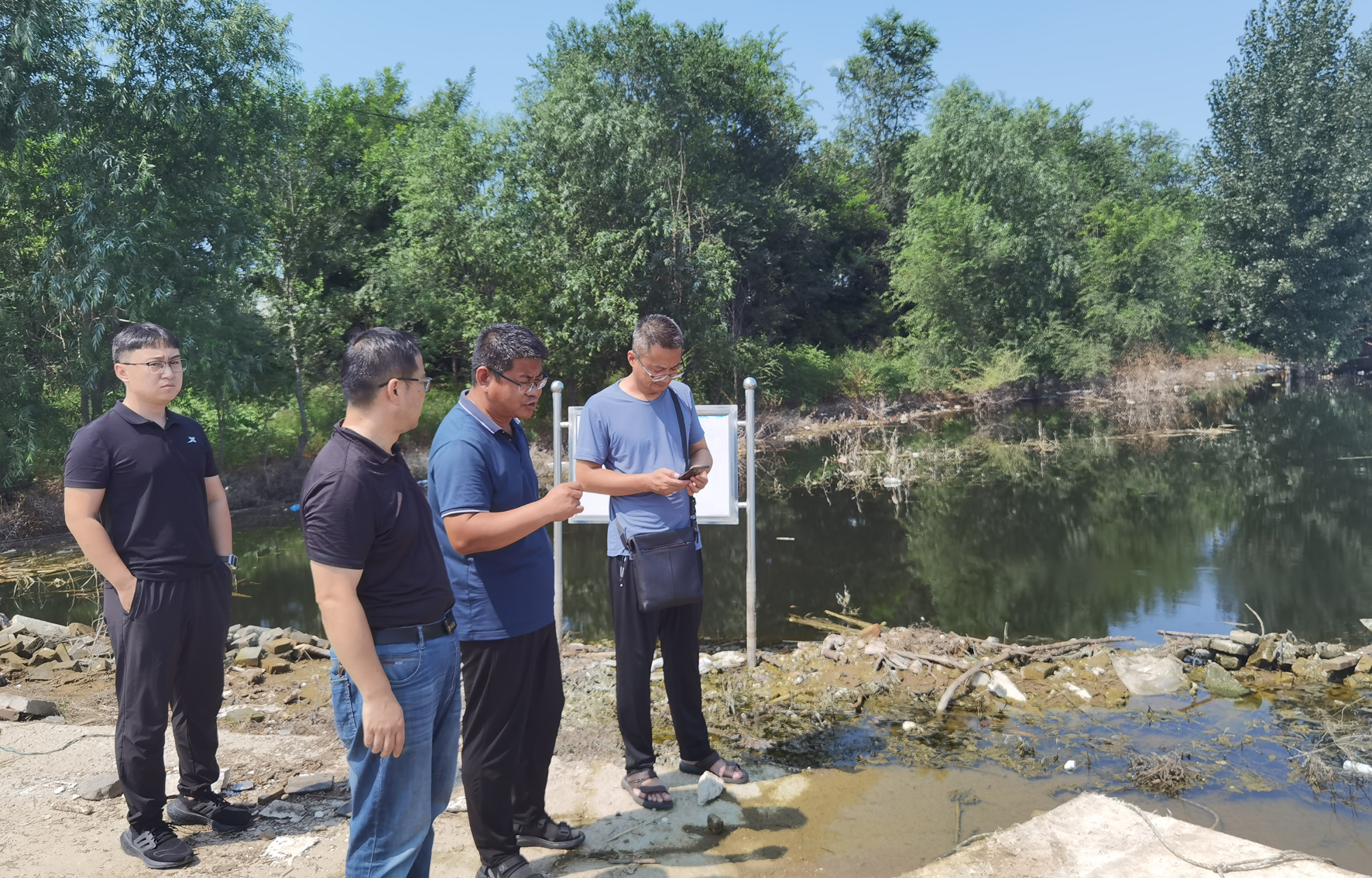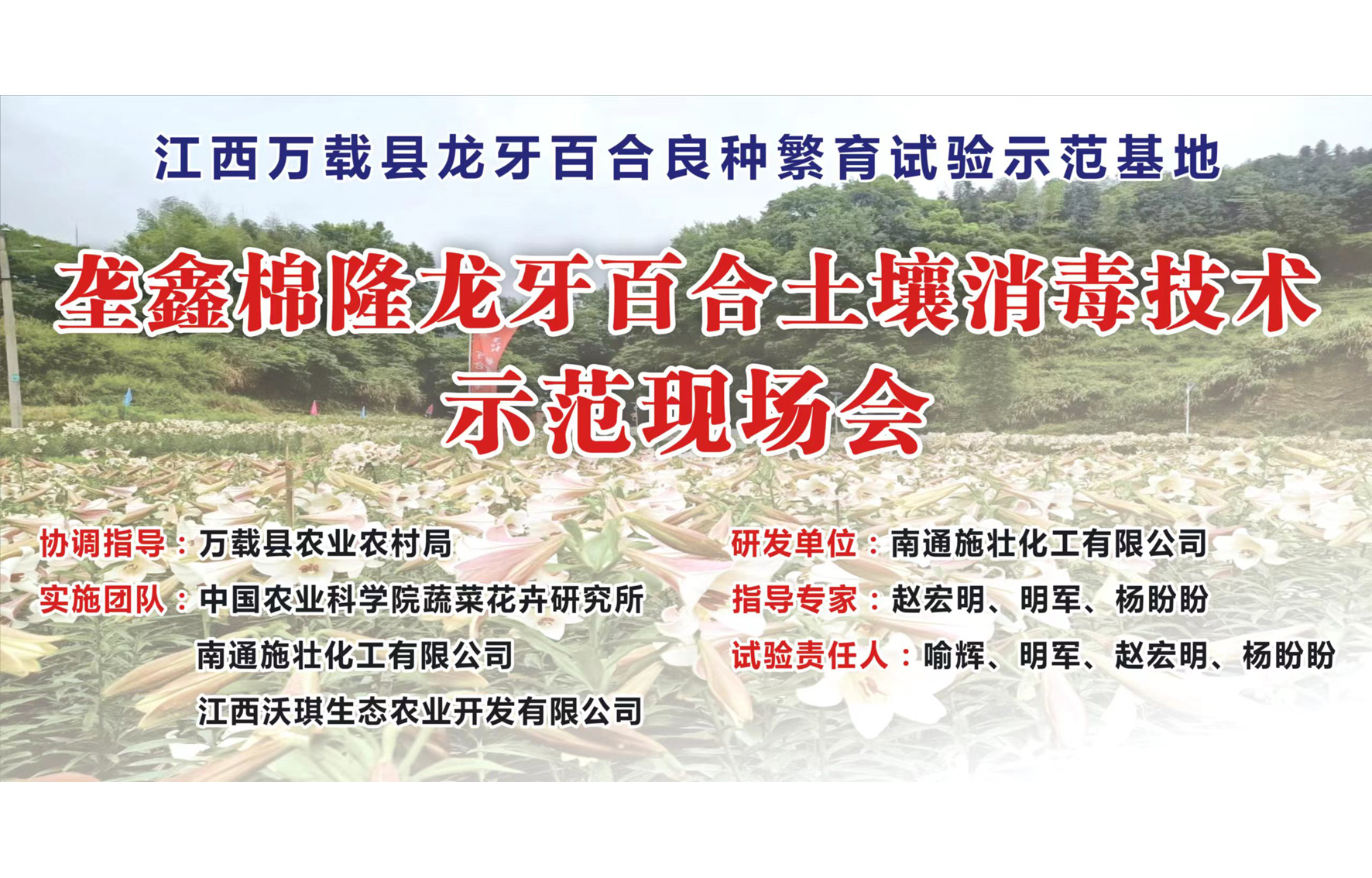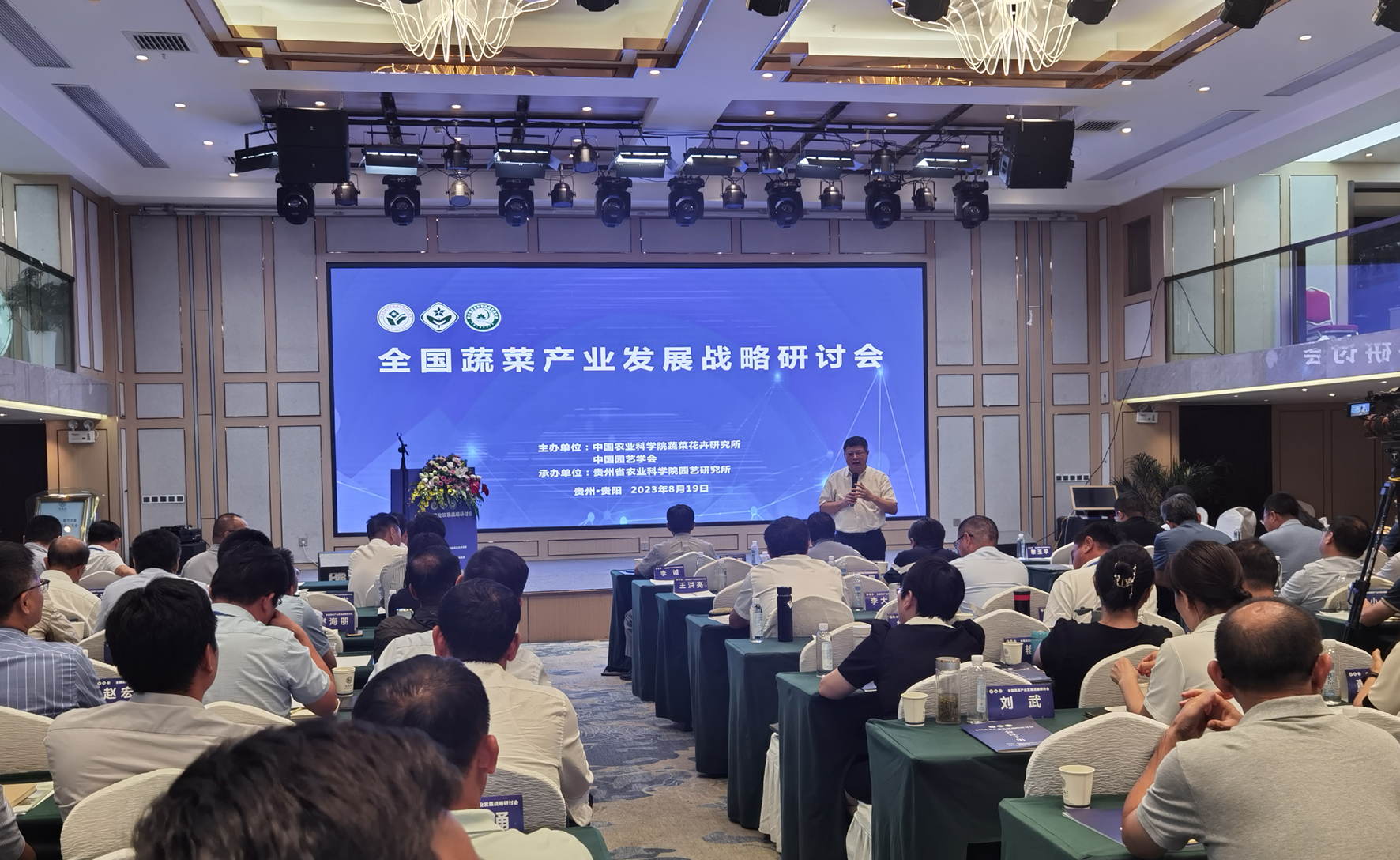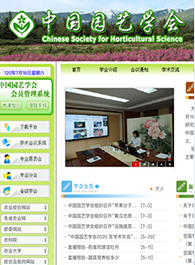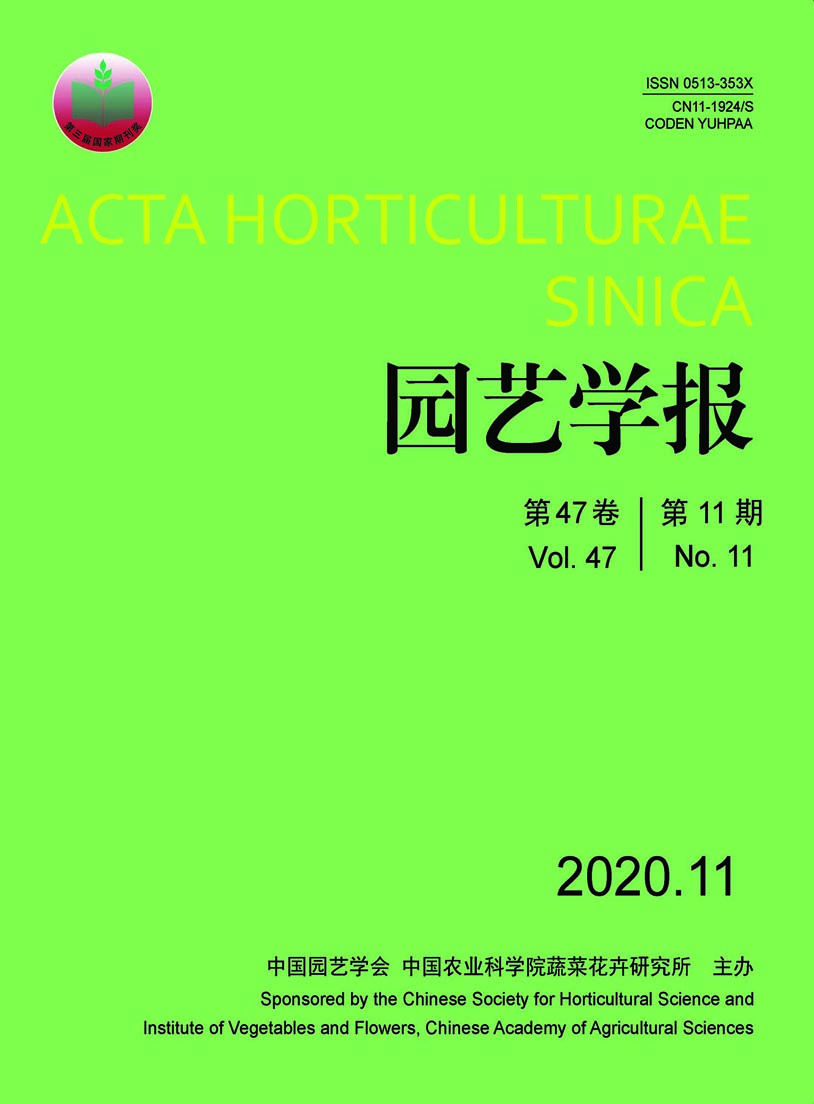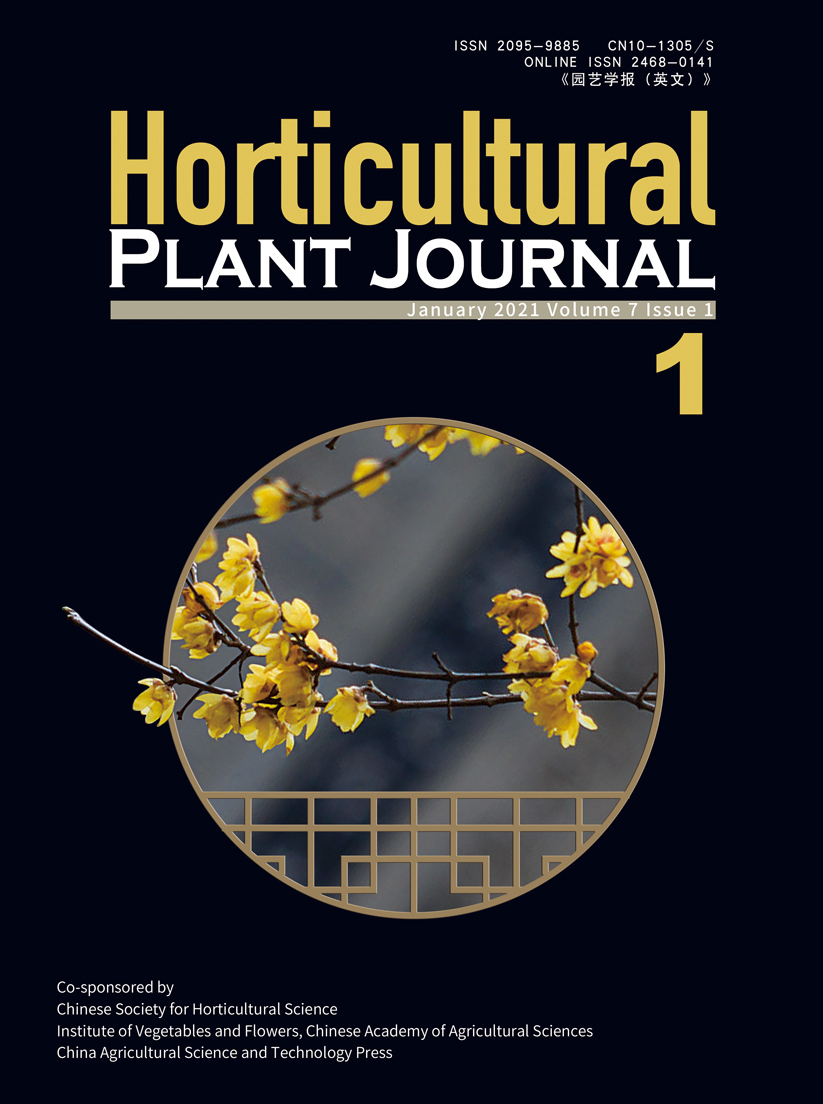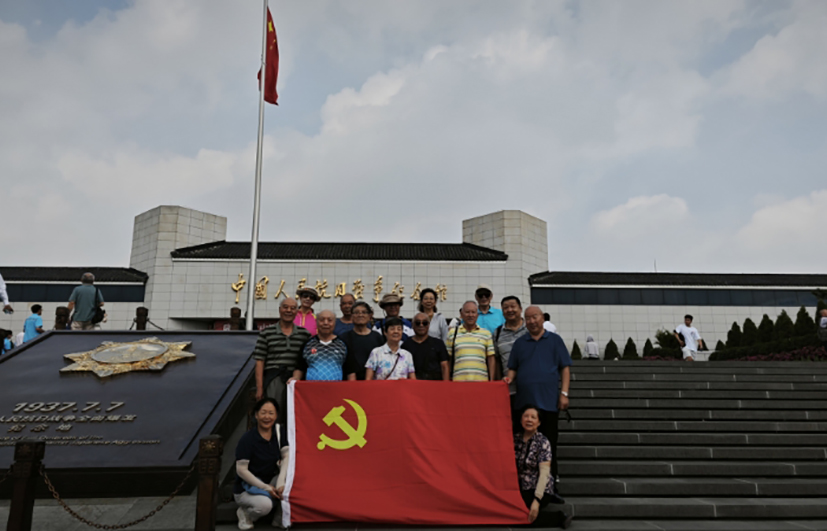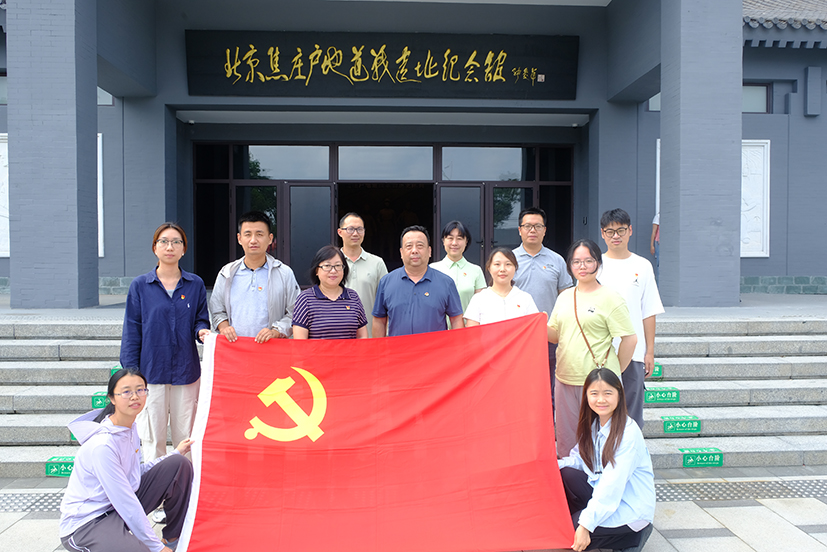- 首页
- 机构概况
所情简介

中国农业科学院蔬菜花卉所成立于1958年,是蔬菜花卉学科唯一的国家级公益性专业研究机构。研究所坚持“四个面向”,围绕学科及产业基础性、公益性、战略性问题开展应用及应用基础研究,创新重要基础理论和应用技术,组织全国重大科研协作,为政府决策提供咨询,搭建国内外学术交流平台,培养高层次专业人才,出...
- 机构设置
- 人才团队
- 科研成果
- 科研平台
- 科技服务
- 刊物学会
中国园艺学会
中国园艺学会(Chinese Society for Horticultural Science, 缩写:CSHS )是中国共产党领导下依法登记的全国园艺科技工作者组成的具有公益性、学术性的社会团体,是党和政府联系园艺科技工作者的桥梁和纽带,是国家发展园艺科学技术...
园艺学报
刊物名称:园艺学报
创刊时间:1962年
主 编:张友军
刊 号:CN11-1924/S ISSN 0513-353X
刊 期:月刊
联系电话:010-82109523
电子邮件:yuanyixuebao@126...中国蔬菜
刊物名称:中国蔬菜
创刊时间:1981年
编委会主任:张圣平
主 编:张圣平
刊 号:CN 11-2326/S
刊 期:月刊
联系电话:010-82109550
电子邮件:zgsc@caas...Horticultural Plant Journal
刊物名称:Horticultural Plant Journal
创刊时间:2015年
主 编:孙日飞 王晓武
刊 号:CN 10-1305/S;ISSN 2095-9885
刊 期:双月刊
联系电话:010-6212... - 博士后
- 2025-05-29 中国农业科学院蔬菜花卉研究所2025年度博士后招收公告
- 2024-01-16 中国农业科学院蔬菜花卉研究所2024年度博士后招收公告
- 2023-01-03 中国农业科学院蔬菜花卉研究所2023年度博士后招收公告
- 2022-02-24 中国农业科学院蔬菜花卉研究所2022年度博士后招收公告
- 2021-03-04 中国农业科学院蔬菜花卉研究所2021年度博士后招收公告
- 2020-04-10 蔬菜花卉研究所2020年度博士后招收公告
博士后概况

蔬菜花卉研究所成立于1958年,是唯一的国家级从事蔬菜花卉研究的公益性专业机构,以支撑我国蔬菜花卉产业健康发展为目标,面向世界农业科技前沿、面向国家重大需求、面向现代农业建设主战场、面向人民生命健康,围绕学科及产业基础性、公益性、战略性问题开展应用及应用基础研究,创新重要基础理论和应用技术,组织全国重大科研协作,为政府决策提供咨询,搭建国内外园艺学科学术交流平台,培养高层次专业人才,针对制约我国蔬菜花卉...
- 研究生教育
- 党建文化








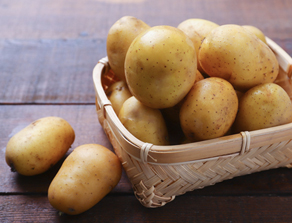
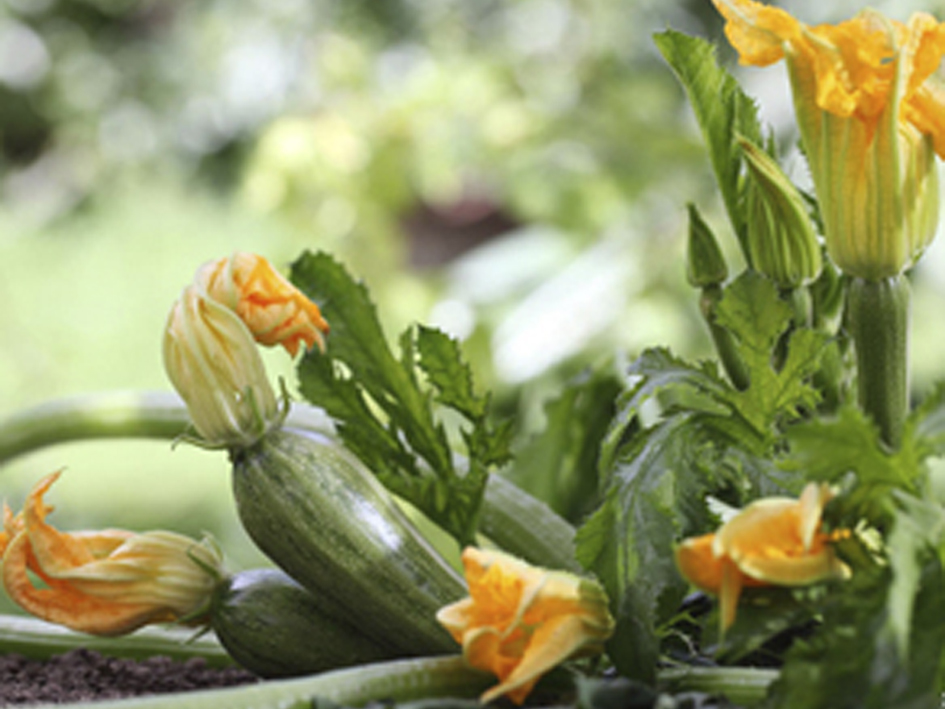
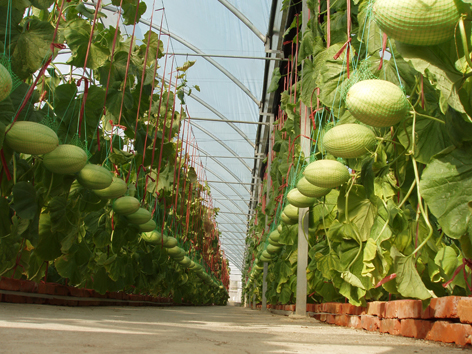

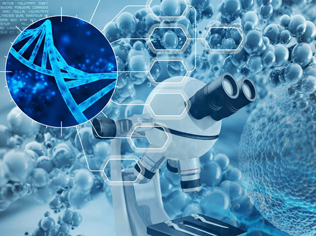

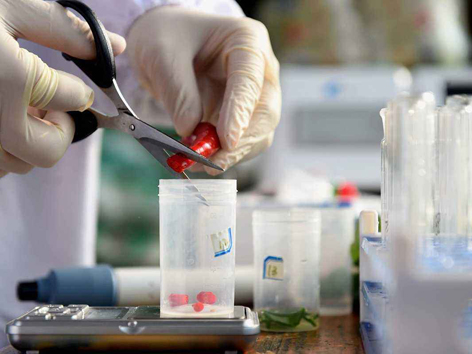
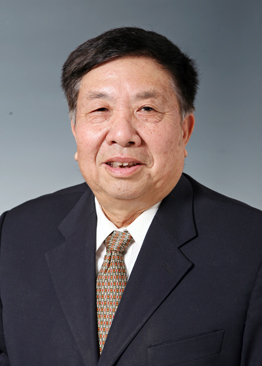


 专利
专利
 专著
专著
 论文
论文
 获奖
获奖
 认定成果与知识产权
认定成果与知识产权








